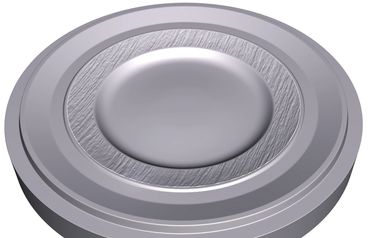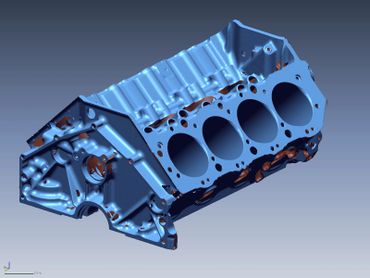Engineering
This page highlights some of the interesting (and highly successful) engineering projects that I was privileged to be a part of. I will highlight technical areas such as Tooling development, Reverse Engineering, CNC Machining, and 3D printing.
Design for Manufacturing
Design for Manufacturing (DFM) is the general engineering practice of designing products in such a way that they are easy to manufacture. In the design phase, knowledge of the manufacturing processes can be key to product success functionally and economically. This knowledge can allow the designer to push the limits of those processes to gain market advantage or create new products. The samples that follow represent projects where DFM was implemented. As a result of that effort, the tooling design was streamlined and very successful.
DFM... from the start!



















Reverse Engineering
Reverse Engineering, using 3D scanning, provides an accurate method to bring physical items into the virtual space. Once there, the items can be re-engineered to fit into manufacturing processes or modified to be the next great product! Here are a few of the projects that have leveraged this technology.
Porsche 550 Spyder
When Spyder Creations contacted me to assist in reverse engineering one of the originally built Porsche 550 Spyder cars there was no hesitation. This is an iconic car from the past! The data set for the Spyder 550-90 (last car in a series of 90 cars ever made by Porsche) was available. They had just scanned a car located in a California museum and had no ability to use the data. The data was cleaned and converted into 3D CAD surfaces of each body panel. The data was used to develop molds used to hand hammer aluminum sheet into the body of the car. This is the manner in which Porshe built the car back in the 1950's. After approximately 3 1/2 years the car was ready for a test drive!
Porsche 550 Spyder




V8 Racing Engine Block
The project to reverse engineer a racing engine block evolved as the customer spent many days grinding and reshaping a stock engine block. His goal was to reduce weight and have features added for his engine design. At this point, he wanted to mass produce the block. The plan was to prepare the block design for CNC manufacturing. To do this, a 3D CAD data file was needed. 3D scanning was a significant tool used to accomplish this.
V8 Racing Engine Block




Other Reverse Engineering Projects












CNC Machining (3, 4, 5-Axis)
At the core of most manufacturing you will find CNC machines creating molds and/or parts. Machining is still the most widely used method for creating molds and parts. Additive processes, such as 3D printing, are on the rise, but even parts made from these processes benefit from machining. The samples included in this gallery leverage multi-axes approaches to manufacturing them. Many items shown used what is referred to as a 3+2 approach where the 4th and 5th axis are used for positioning. This reduces setups which reduces cost. Some items, such as impellers, use a combinmation of 3+2 and full motion 5-axis motion.
Photo Gallery





Copyright © 2018 Virxpace - All Rights Reserved.